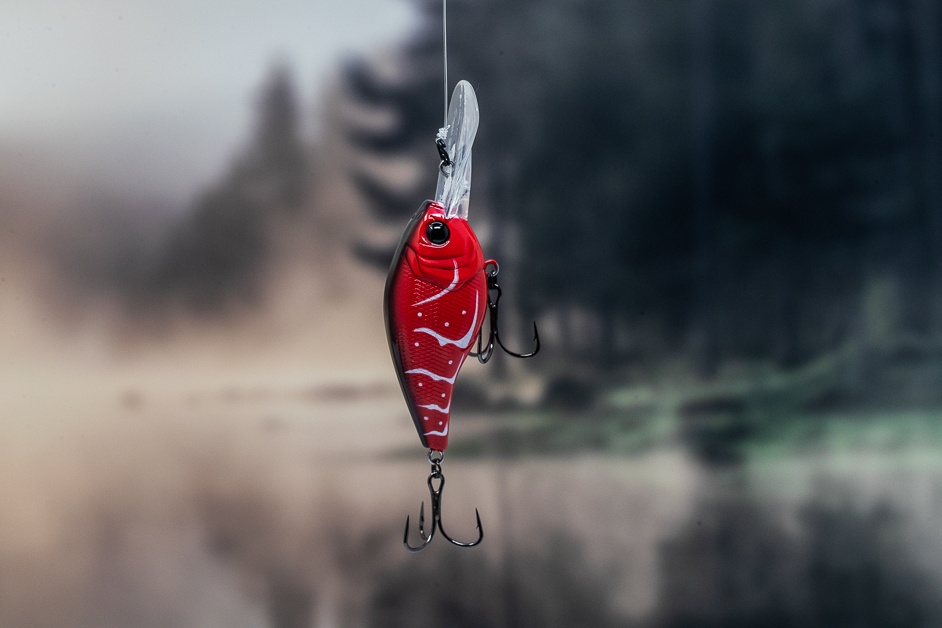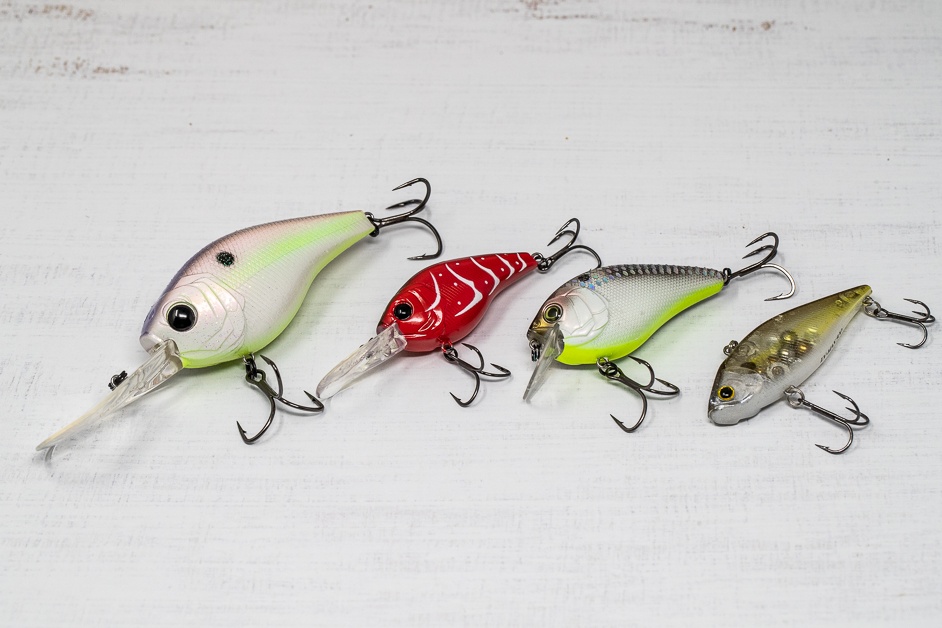
Crankbaits are a staple of tournament fisherman and hobbyist alike world wide, but I’ll be the first to admit, bass fishing in 2021 can be intimidating. You walk into any fishing supply store and look around and it is not hard to get confused on all the options, even for an expert angler. There are so many baits, lines, reels, rods, combos, and the list just goes on and on. To understand crankbait fishing and what you should be gearing towards, let’s take a deep dive into the best crankbaits for bass fishing and other tips to help you succeed in landing a monster bass!
- A crankbait is a hard bait, either containing a lip or is lipless, first designed around 1915.
- Crankbaits will either float on water until retrieved, at which time they dive into the water, or they sink initially and retrieve back to your rod tip.
- Most crankbaits have two eyes on the bottom of the bait, though some will only have one. These eyes have treble hooks attached to them. These treble hooks are excellent for successfully landing a fish.
- Crankbaits that contain a bill, will have a ring similar to that of a keychain. This is where you tie your line. The slip ring allows the bait to perform its action in the water, moving side to side rapidly.
- A crankbait with a bill will be short, medium, or long. The size of the bill determines how deep the crankbait will dive with the proper gear.
- Crankbaits are best presented when using fluorocarbon line because fluorocarbon sinks. Braided line has its uses when throwing a crankbait but understand that braided line floats, which will cause the crankbait to rise on retrieve much faster.
- Some crankbaits do not contain a lip and have weights inside of them.
- Crankbaits come in different sizes, shapes, and more importantly, colors.












